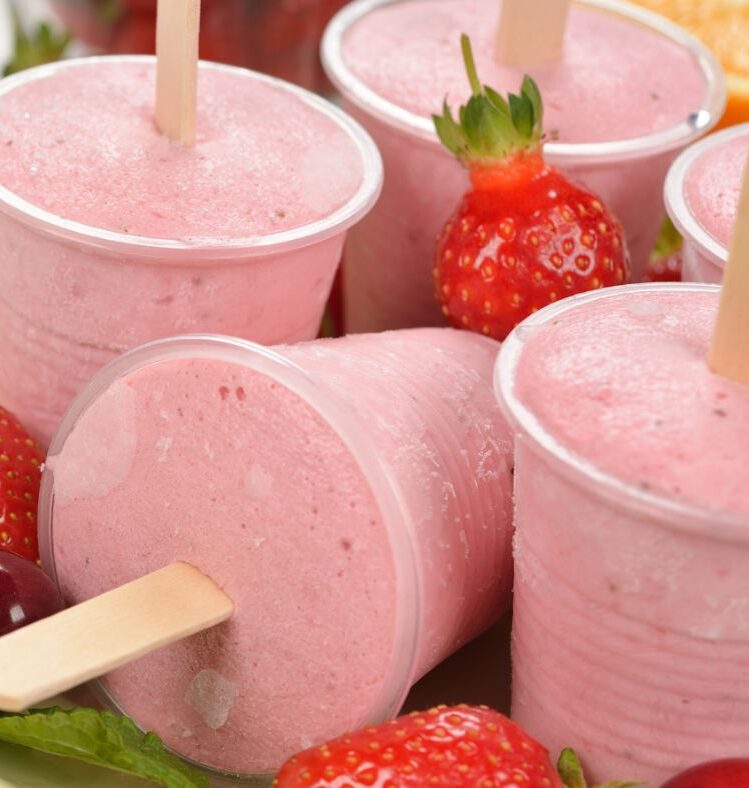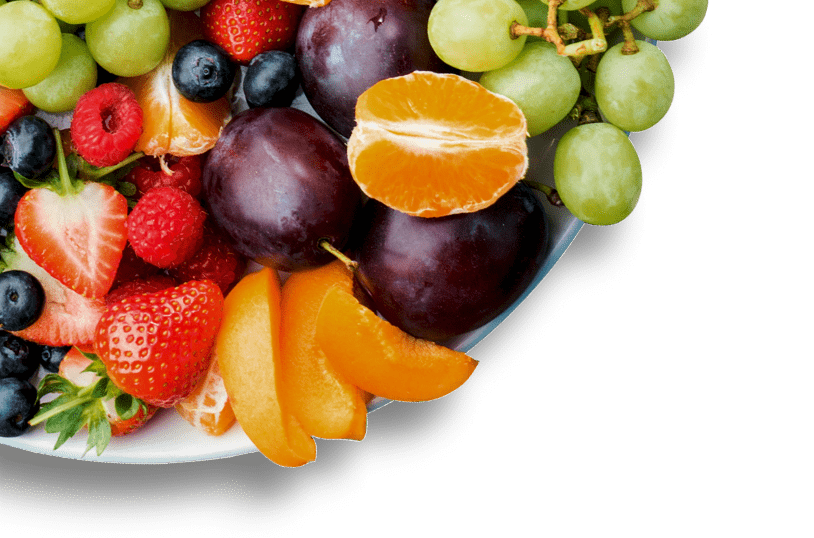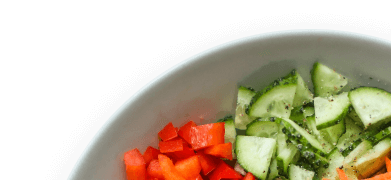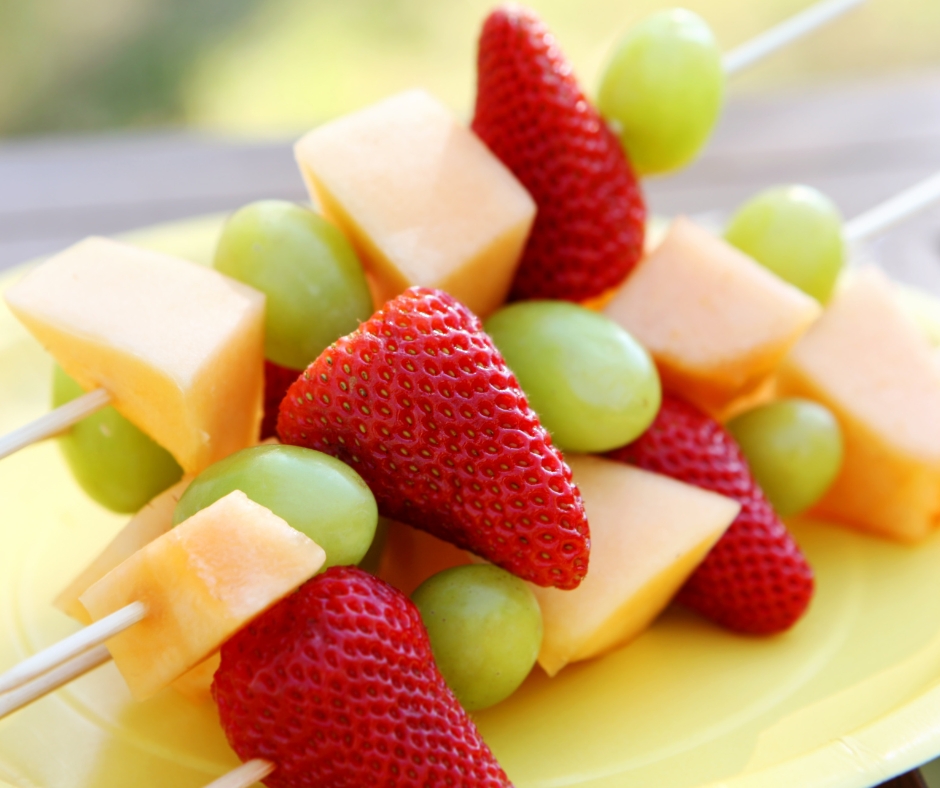Menu ideas and tips for milk and alternatives
Getting enough milk, yoghurt, cheese and/or their calcium- rich alternatives during childhood is essential for children to learn, grow and develop.

Overview
Getting enough milk, yoghurt, cheese and/or their calcium- rich alternatives during childhood is essential for children to learn, grow and develop.
These foods contain special nutrients such as calcium, protein, B group vitamins and vitamin A and D to build strong healthy bones and teeth, a strong immune system and a healthy heart.
Offer milk, yoghurt, cheese and calcium rich alternatives two to three times a day. This will ensure each child gets the maximum benefits this food group has to offer.
When it comes to menu planning it’s common for this food group to fall short in quantity and choosing the right types can be tricky.
Try the tips and menu ideas below to provide variety and meet each child’s requirements.
NOTE – we use the term ‘milk and alternatives’ to refer to this overall food group of milk, yoghurt, cheese and calcium-fortified alternatives.
- Offer milk and alternatives on the menu two to three times daily. This will ensure each child has a couple of opportunities to eat/drink these foods and get the maximum benefit from them
- Offer plain milk as a drink for morning tea and afternoon tea
- Include cheese on fruit and vegetable platters
- Serve yoghurt or cheese based dips
- Use cottage cheese, cream cheese, ricotta or yoghurt as a spread for baked items such as fruit bread/raisin toast, pancakes, scones
- Serve main meals with grated cheese or yoghurt. Consider adding to mashed potato
- Serve cheese with wholemeal or grainy crackers, or with pita bread as a snack
- Replace discretionary dairy food such as cream, ice cream or commercially made frozen yoghurt with healthy dairy/calcium rich alternatives.
If a child has a cow’s milk allergy it’s important they’re still provided with calcium rich foods. In addition to removing the cow’s milk product for this child when they are in your care, make sure you also include other calcium-rich foods on the menu, such as:
- Soy, rice, oat, nut milk that’s been calcium fortified with at least 100mg of calcium per 100ml. Check the nutrition information panel on the carton or bottle’s label.
- Canned fish with soft edible bones, such as salmon and sardines. Half a cup of canned salmon provides 400mg of calcium which is the equivalent to 1-–1 ½ cups or 250ml of cow’s milk.
- Tofu and tempeh products
Fruit yoghurt popsicles
Blend yoghurt (eg. cows natural, soy) with frozen or fresh seasonal fruit and pour into ice cream moulds. Add an icy pole stick to each mould and freeze.

Fruity morning or afternoon tea ideas
Fruit smoothie
Mix milk of choice (e.g. cows, soy, rice) with yoghurt and fresh or frozen fruit in a blender.
Spiced apple and ricotta toasties
Mix cooked apple, cinnamon and ricotta cheese together. Spoon onto toast and serve or make pockets by spooning onto 10cm wide strips of mountain bread folding into a triangle. Oven-bake until the bread is crunchy.
Yoghurt and fruit salad
For a quick and easy snack serve natural yoghurt with sliced seasonal fruit.
Bircher muesli
This sweet and creamy recipe is ideal for summer menus. Combine rolled oats, milk, cinnamon, grated apple, nuts and/or seeds (e.g almonds, pepitas and sunflower seeds if allowed) and cover with orange juice. Refrigerate preferably overnight. Serve with fruit and yoghurt (e.g, cows natural or soy).
Soft fruity porridge
This makes a delicious wintery treat the kids will love! Over low heat, simmer rolled oats, milk (eg. cows, soy, rice) and spices such as ground cinnamon, nutmeg, ginger and/or cardamon. Stir in chopped seasonal fruit such as apples, pears, rhubarb and once soften and the oats have thickened it’s ready to serve.
Rice milk custard
This recipe may be suitable for children with various food allergies or intolerances.
Savoury goodies
Bruschetta
Top wholegrain toast with ricotta or mozzarella, slices of tomato and basil leaves.
Spinach and ricotta pockets
Squeeze out excess liquid from defrosted, frozen spinach. Mix spinach with cooked onion, ricotta and basil leaves. Spoon mixture into wrap/mountain bread or filo pastry, fold into triangles and bake until golden and crisp.
Confetti quesadillas
Sprinkle half a tortilla with cheese, corn, chopped capsicum, and black beans. Cover with other half and press down. Bake in oven until cheese is melted.
Pinwheels
Cut crusts from wholemeal bread and flatten with a rolling pin. Spread with cream cheese and top with lettuce, ribbons of carrot and cucumber. Roll bread up firmly and cut into rounds. Mountain bread works well too!
Creamy dips
Pineapple and yoghurt dip
Drain crushed pineapple and mix with natural yoghurt of choice. Serve with sliced fruit.
Tzatziki dip
Squeeze out excess liquid from grated cucumber. Mix with natural yoghurt, crushed garlic, cumin and lemon juice. Serve with veggie sticks, crackers, corn thins or crispbread.
Garlic and herb dip
Mix cream cheese, natural yoghurt, garlic, chives and lemon juice until smooth. Serve with veggie sticks, crackers, corn thins or crispbread.
Creamy spinach dip
Squeeze excess water out of defrosted, frozen spinach. Blend with chopped shallots, cream cheese, cottage cheese, natural yoghurt and lemon juice. Serve with veggie sticks, crackers, corn thins or crispbread.
Sweet cottage cheese dip
Blend cottage cheese with cinnamon and a tiny amount of honey. Natural yoghurt works well too! Serve dip with fruit or on muesli or use as a spread for raisin/fruit toast, pikelets or scones.
Cheese and veggie muffins
Cheesy muffins are a great way to get children to enjoy veggies. This calls for spinach however you can increase its veggie variety by also adding corn, capsicum, sweet potato and/or carrot.
For more information please phone 1300 22 52 88 or email heas@nnf.org.au
Except where otherwise indicated, the images in this document show models and illustrative settings only, and do not necessarily depict actual services, facilities or recipients of services. This document may contain images of deceased Aboriginal and Torres Strait Islander peoples. In this document, ‘Aboriginal’ refers to both Aboriginal and Torres Strait Islander people. ‘Indigenous’ or ‘Koori/Koorie’ is retained when part of the title of a report, program or quotation. Copyright © State of Victoria 2016
Written and reviewed by dietitians and nutritionists at National Nutrition Foundation, with support from the Victorian Government.

Register your interest
"*" indicates required fields






